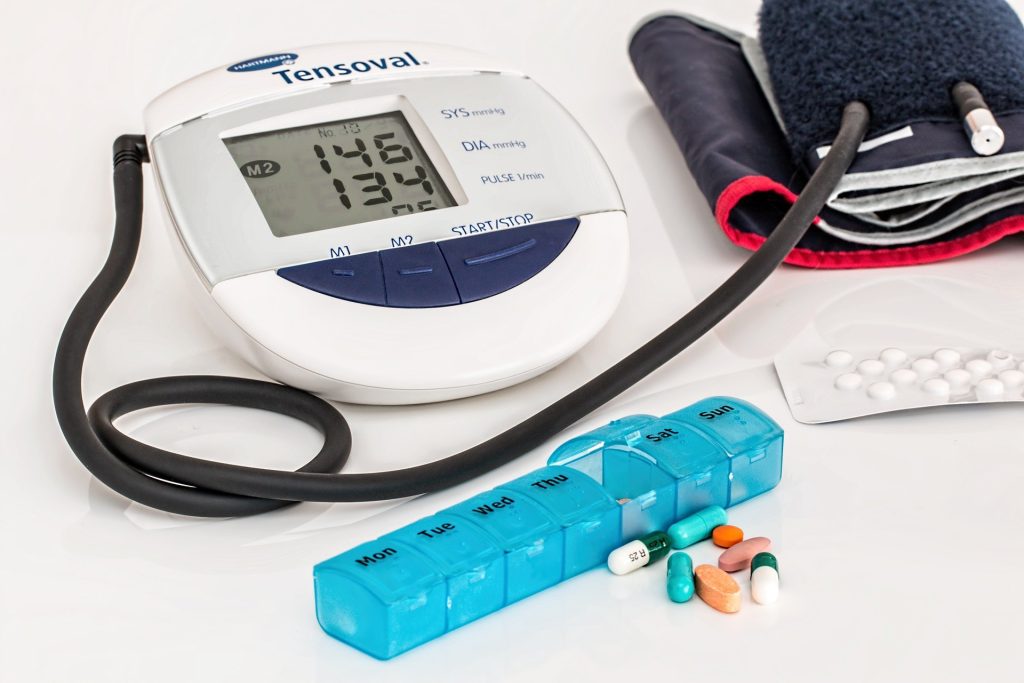
Researchers found that small declines in blood lead levels were associated with long-term cardiovascular health improvements in American Indian adults. Participants who had the greatest reductions in blood lead levels saw their systolic blood pressure fall by about 7mmHg, comparable to the effects of antihypertensives.
The findings as reported from researchers at Columbia University Mailman School of Public Health and NIEHS and NHLBI are published in the Journal of the American Heart Association.
“This is a huge win for public health,” said senior author Anne E. Nigra, PhD, assistant professor of environmental health sciences at Columbia Mailman School of Public Health.
“We saw that even small decreases in a person’s blood lead levels can have meaningful health outcomes.”
Nigra and her co- authors, including Wil Lieberman-Cribbin, MPH, also at Columbia Mailman School, credit these improvements in large part to public health and policy changes that have occurred over the last few decades.
In addition to seeing improvements in systolic blood pressure, the investigators found that reductions in blood lead levels were associated with reductions in a marker associated with hypertrophic cardiomyopathy and heart failure.
To conduct this research, investigators partnered with 285 American Indian adults through an extension of the Strong Heart Study, the largest study following cardiovascular health outcomes and risk factors among American Indian adults.
The researchers looked at blood lead levels and blood pressure readings over time in participants living in one of four tribal communities. Lead was first measured in blood collected during the 1997–1999 study visit and again in blood collected during a follow-up visit between 2006–2009.
During this time, participants’ blood pressure was taken and they participated in medical exams, including echocardiographs to assess their heart’s structure and function. Multiple factors were controlled for, including social variables, cardiovascular disease risks, and medical history.
At the start of the study, the average blood lead level was 2.04µg/dL. Throughout the study, the average blood lead level fell by 0.67µg/dL, or 33%.
The most significant changes, categorized by participants with average starting blood lead levels of 3.21 µg/dL and who experienced reductions of about 1.78 µg/dL, or 55%, were linked to a 7mmHg reduction in systolic blood pressure.
“This is a sign that whatever is happening in these communities to reduce blood lead levels is working,” said Mona Puggal, MPH, an epidemiologist in the Division of Cardiovascular Sciences at the National Heart, Lung, and Blood Institute (NHLBI). “The reductions in blood pressure are also comparable to improvements you would see with lifestyle changes, such as getting 30 minutes of daily exercise, reducing salt intake, or losing weight.”
The reductions in blood lead levels observed in the study are similar to those seen in the general US population following policies and efforts implemented within the past 50 years to reduce lead exposure through paint, gasoline, water, plumbing, and canned items.
Source: Columbia University’s Mailman School of Public Health
.

